Beer History: Anheuser- Busch Brewery
- Cru and Hannah

- Jun 13
- 4 min read
Updated: Jun 16
St Louis, Missouri
This week, we are looking into the history of beer in the United States by visiting one of the oldest and largest breweries here - Anheuser Busch. Yes, I know it’s not a Wisconsin Brewery, but when we travel you know we try and check out some of the best, or, in this case - some of the most popular spots we can. This is a double-header in our beer history series, and guest series in St. Louis, Missouri!

When you get the chance to visit one of the oldest breweries in the nation, you should definitely take it, if only for the history lesson (for the record, Yuengling Brewing Company in Pennsylvanian holds the title of oldest). Hannah and I had it on our must-do list when visiting St. Louis along with the Gateway Arch, the Botanical Garden, Busch Stadium, and of course, some barbecue and other breweries. While booking a tour can be slightly overwhelming (I believe there are six different tours available, including one focusing on horses and another that lets you tag along with one of the brewers for an afternoon!). We opted for a middle-of-the road, two-hour tour that cost $50 per person and promised beer straight from the tank as long as a few at the end of the tour.

Driving onto the brewery property reminds me a lot of driving through Miller Valley in Milwaukee, from the architecture and the patrons walking around, to the streets themselves and beer signage - it all felt familiar, but larger.
I won’t go into too many of the details of the space - I think the photos speak to the size and awe-inspiring amount of quantity that they are putting out. We saw tanks that hold 70,000 gallons in rows of four going up multiple stories. Some of the architecture was also incredible - wrought-iron hops chandeliers purchased from the World's Fair, gold filigree, brass, more stainless steel than you can imagine, and an entire entryway of handmade tiles that have stood the test of time. From the space alone it was easy to tell that this has been a successful brewery for just about as long as it’s been around.
Here are some fun facts:
Anheuser Busch owns the largest Clydesdale herd (170 horses) in the Western Hemisphere and breeds them specifically to look like those you see in the commercials
Busch - Adolphus Busch - is the first American to pasteurize beer
Behind that, the person who invented pasteurization, Louis Pasteur, was a close personal friend on Anheuser - talk about a lucky friend circle
Anheuser-Busch made it through 13 years of prohibition by selling yeast, hop syrup, sodas, near-beers (called “Bevo”), ice cream, and malt products
Renard - a fox, and the mascot of Bevo can be scene as a gargoyle all over the property
For fans of Futurama - the Slug, Slurms Mckenzie, is a lampoon of Bud Lights 80s mascot, Spuds MacKenzie
During the war effort, Anheuser Busch was granted permission to use valuable aluminum in order to ship beer to troops on the front lines in Europe
Anheuser Busch is largely responsible for the first swag marketing - in the late 1880s they put their brand on lighters, corkscrews, pocket knives, spoons, photograph prints - all sorts of things and would give them away as a marketing tactic (sound familiar today?)
The brewery owned a railway, ice cream production, and diesel engine production factories that assisted its survival during prohibition (or, perhaps, a slight monopoly on all things beer distribution related - as its cheaper to just own the shipping company than pay for space, right?)
The thing that I found particularly ingenious was how Anheuser Busch got away with essentially selling the brewing ingredients to customers under the guise of seemingly innocuous things: yeast for bread, hop syrup for flavoring, and malt extract - all the ingredients you need to make some bootleg beer yourself at home with the addition of water and heat. They even were bold enough to put the recipe for beer right there on the yeast bag. How they managed to get away with that - well - I can only guess some palms were greased in the right spots - or maybe you could only get “near-beer” at home or it was just difficult to do for everyday folk - my own suspicions.

Another thing that we can’t ignore is the innovations in brewing that Anheuser Busch pioneered and helped to become widespread. Adolphus Busch was the first to use refrigerated railcars to transport beer by supplementing them with depots of ice along the route in order to refresh the ice in the railcars. He went on to be instrumental in the use of mechanical coolers and walk-in coolers for the storage of beer.
We aren’t going to take a deep dive into the beer’s taste at this point - the Thirsty Badger has a huge soft spot for Busch Apple- for what it is, has grown on me slightly. That’s all I will say until a later date visiting a possible battle of the American Mass Produced Lagers, but before that happens, another trip to our own Miller Brewing is needed. I think the history of Anheuser-Busch deserves our respect and study as beer aficionados, even if we don’t order one every time we walk into our neighborhood dive bar.
For what it cost, ($50/person), our tour was decent, too long at two hours, and definitely not enough beer samples, but our guide was friendly and we learned a lot. If you’re in St. Louis and you love beer, I think one of the longer tours is something you owe yourself - even if it’s not for the beer's sake.
Until next time, keep on Crusin’, don’t stop boozin’!
Sources:













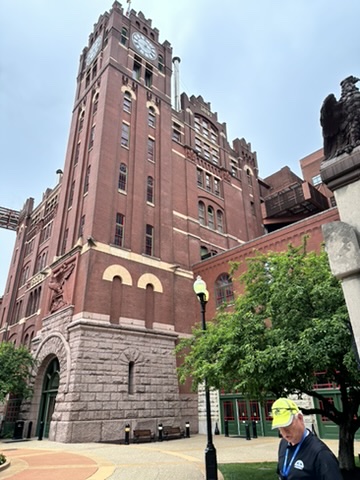



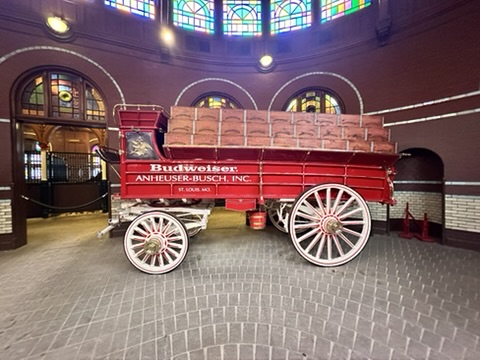

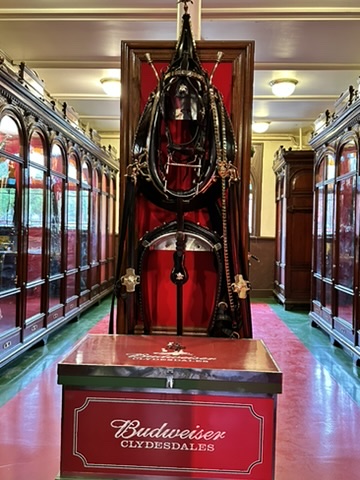

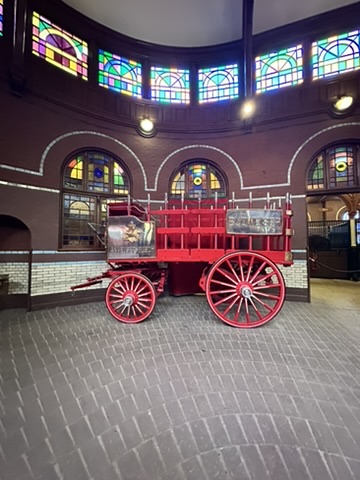

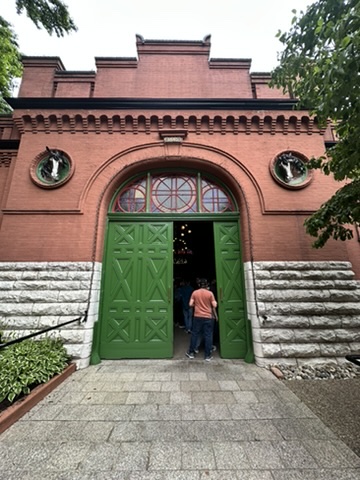

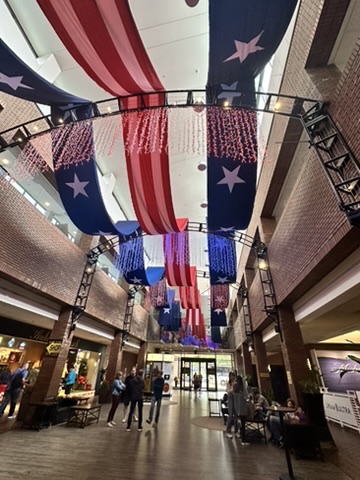





Comments